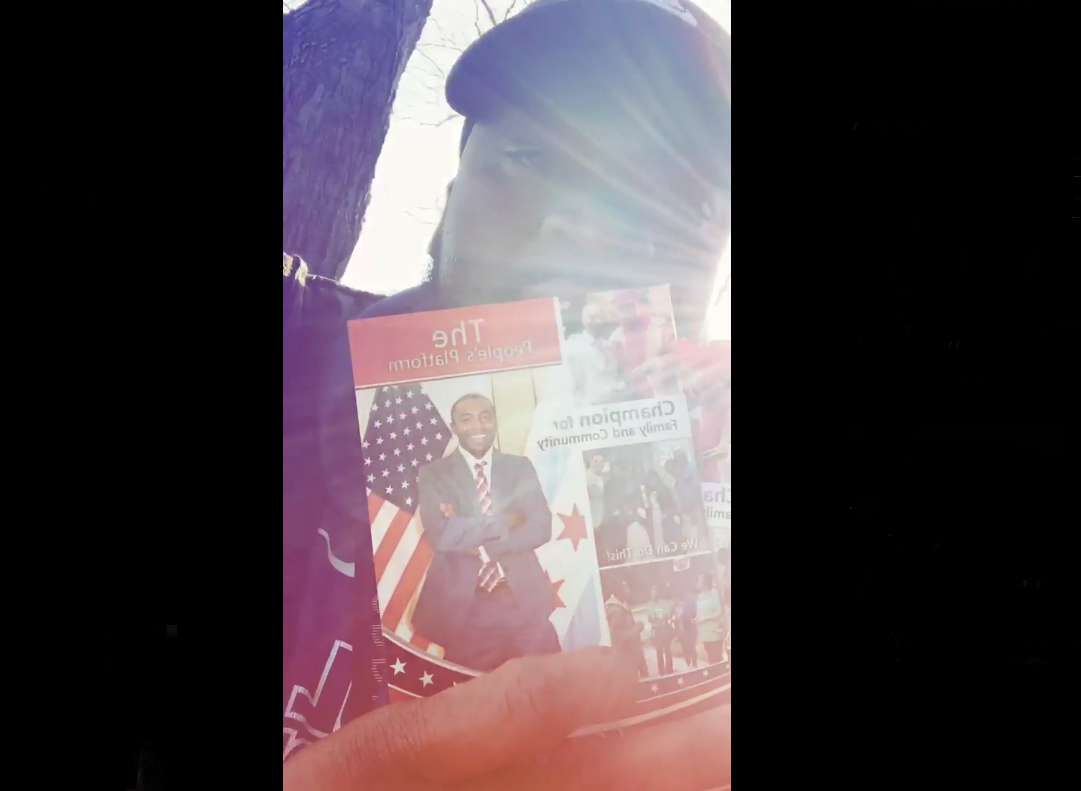An American astronaut and a Russian cosmonaut made an emergency landing in Kazakhstan on Thursday after their Soyuz booster rocket failed shortly after liftoff on a trip to the International Space Station.
NASA’S Nick Hague and Roscosmos’ Alexey Ovchinin – who lifted off from the Baikonur Cosmodrome in Kazakhstan — were reported to be in good condition after aborting their mission and landing 12 miles from the city of Dzhezkazgan, according to the US space agency.
Officials said the three-stage Soyuz booster suffered an emergency shutdown of its second stage minutes after launch – leading the MS-10 capsule to jettison from the booster and landing at a sharper-than-normal angle.
“The launch had a problem with the booster (rocket) a few seconds after the first stage separation and we can confirm now that the crew has started to go into ballistic descent mode,” NASA commentator Brandi Dean said in a live feed from mission control in Houston.
Dean said that while the crew would have been “subjected to higher G-forces” during to the ballistic descent, it is a “known mode of descent” that the spacemen would have been well-versed in, according to CBS News.
Air-to-ground transmissions were cut off, either because NASA or the Russian space agency wanted to keep the loop private or because of a malfunction during the emergency with the veteran cosmonaut and the rookie American flight engineer.
“Thank God, the crew is alive,” Russian President Vladimir Putin’s spokesman Dmitry Peskov told reporters when it became clear that the crew was safe.
Continue the story at the New York Post.

















